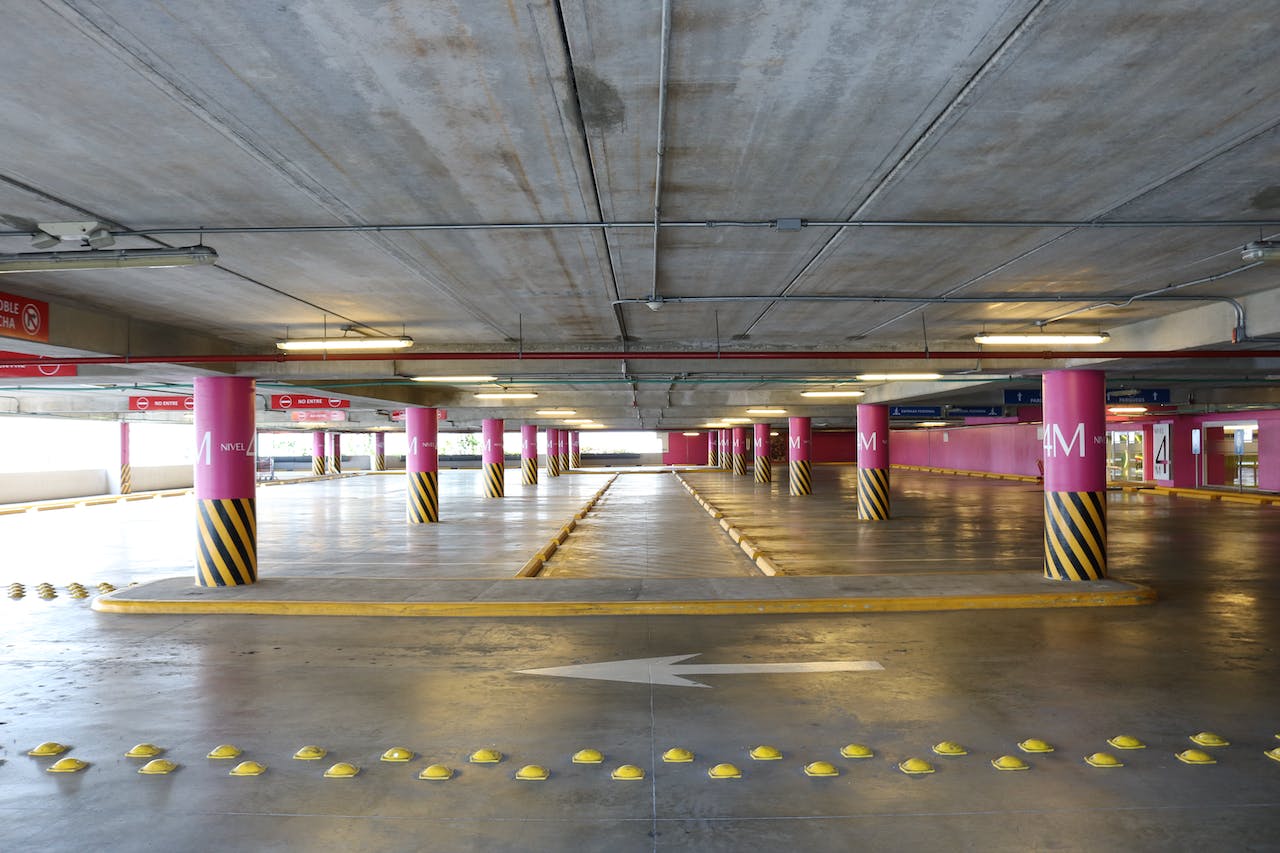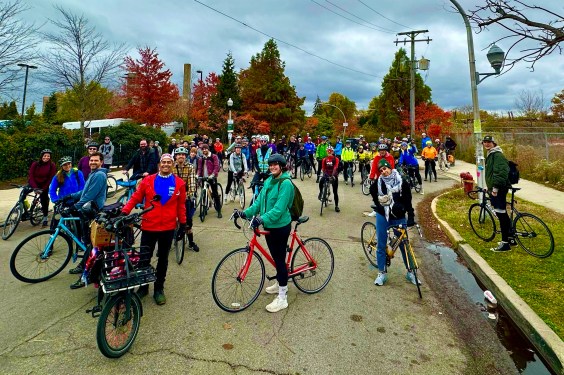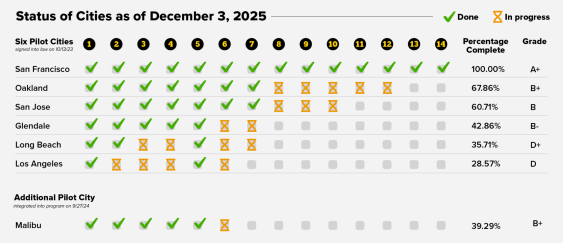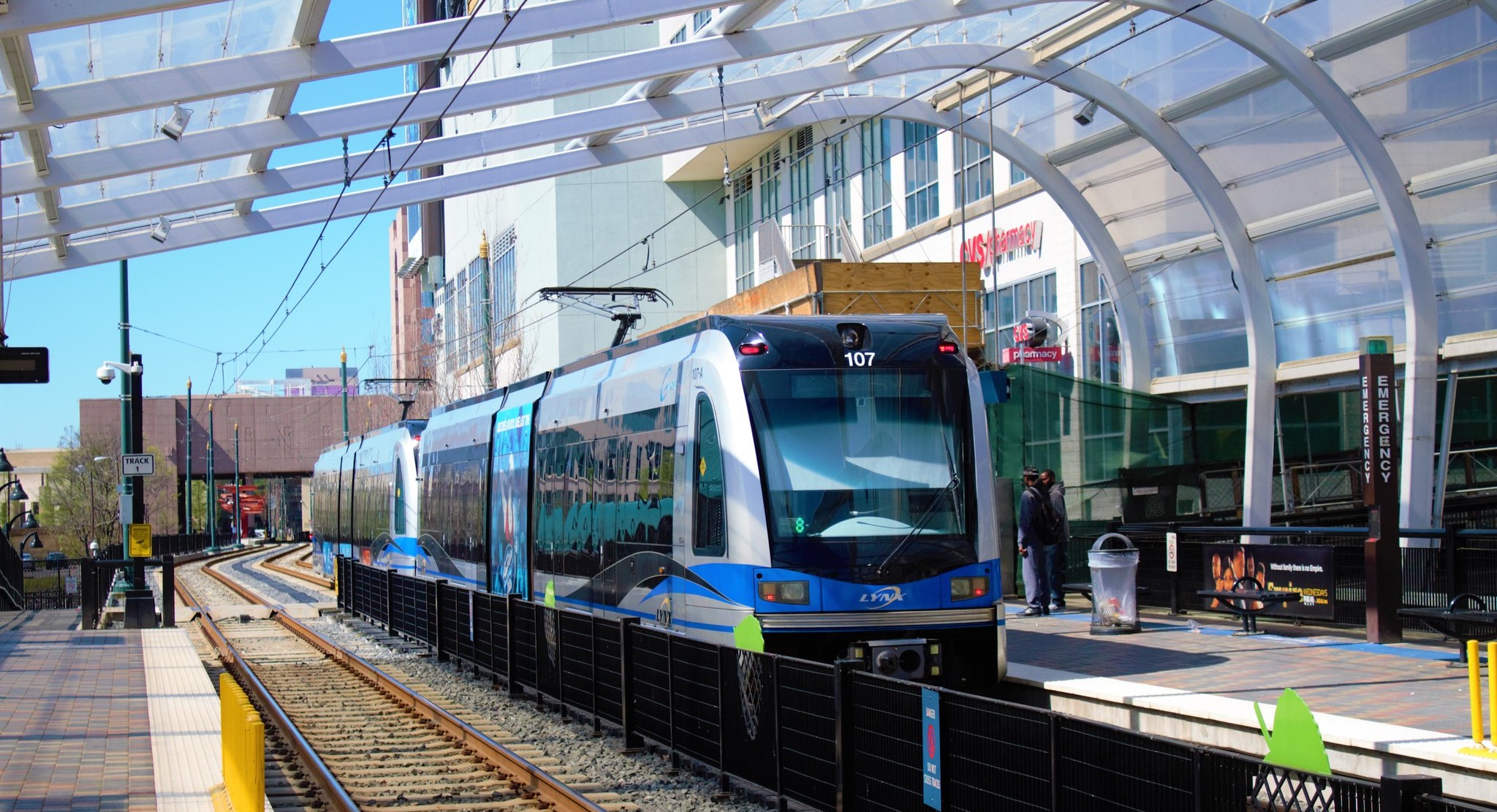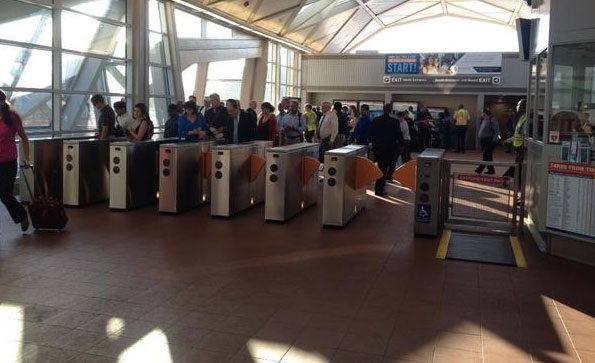
Half a century ago, when Dulles International Airport was constructed in the farmlands of Virginia, planners were forming a blueprint for the Washington region’s new Metro system. Back then, they ruled out the idea of stretching the rail line 30 miles beyond the capital through rural counties to connect with the airport. Such a line would serve no purpose for commuters, they said, and would do nothing to help congestion.
But there wasn’t a total absence of foresight regarding the region’s potential explosion. Along with the airport came the Dulles Access Road -- and through the center of it, a median reserved for future transit.
The new Silver Line, which officially opened to riders on Saturday after months of delays, runs along that exact path. Ultimately, the 23-mile extension -- the largest infrastructure project in the nation -- will connect not only to the airport but beyond it to Ashburn, Virginia. The $2.9 billion first phase laid 11.7 miles of new track along five new stations in Tysons Corner and Reston, expanding the Metro system's mileage by 10 percent.
Today is the first weekday for commuters to try out the new line, which runs east from Reston through the city to Largo Town Center in Maryland. WMATA predicts ridership will be low at first, then eventually reach as many as 25,000 boardings a day. As of 10 a.m. today, more than 9,500 people had passed through the five new stations, the agency said.
It took over five decades for the Silver Line to get here. The last 20 years were particularly contentious, as the project overcame political strife, cost overruns, financing complexities, and construction delays.
But now the Silver Line’s early advocates have been vindicated. In the years after the isolated airport was built, Tysons Corner exploded into its own city of retail and offices, while technology and defense companies clustered around the Dulles corridor. Population has swelled in affluent Fairfax and Loudon counties, along with traffic along its commuter highways.

At the Silver Line’s opening ceremony Saturday, U.S. Transportation Secretary Anthony Foxx likened the long-awaited project to the work of medieval cathedral builders, who designed not for themselves but for their descendants. ”What I’m reminded of is that the work of transportation is really the work of generations,” he said. “And if we’re not putting those cornerstones in place as a nation, we’re not building for the generations to come afterward.”
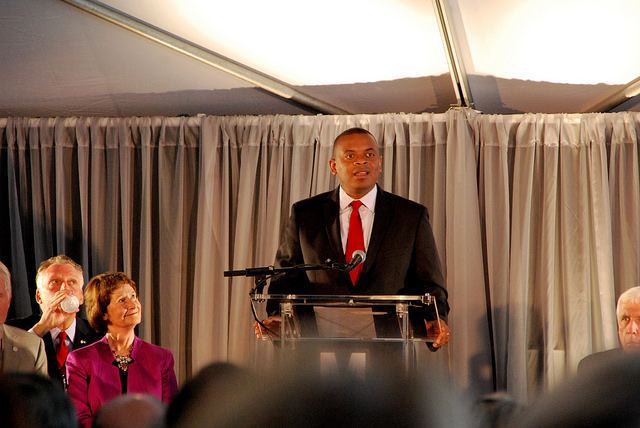
The Silver Line will continue to demand imaginative foresight, as the communities around it become more transit-oriented.
At CityLab, Chris Klimek contends that “the future of suburbs as we know it” rests upon the redevelopment of the Tysons area from a notoriously disconnected shopping and office hub into a pedestrian-friendly urban center. The transformation will be “less a facelift than a full-body transplant,” writes Klimek -- and if Tysons can pull it off, so can any other city.
The long-term plan calls for greater density, walkability, and transit access -- similar to the trends in the closer-in D.C. suburbs of Clarendon and Ballston. One necessary effort will be building more housing in Tysons, where the residential population is disproportionately low and basic amenities like groceries are scarce.
Along the five new Silver Line stations, 20 development projects totaling $18 billion are already in the works, Metro reported in January. That includes nearly 20,000 apartments and condos, many slated for former parking lots and industrial sites.
Aside from development, the success of the Silver Line will require a shift in thinking. A Washington Post poll last year found that driving habits die hard in Northern Virginia, with only 7 percent of commuters using Metro and 85 percent taking cars to work. Many cited their personal preference for driving as the deciding factor.
The late Ron Kirby, Metro’s former planning director, was able to see beyond the attitudes of the present day. “The Silver Line is being built for the ages,” he said. “A lot of the ridership is going to be for people who are not here yet and jobs that are not here yet.”

